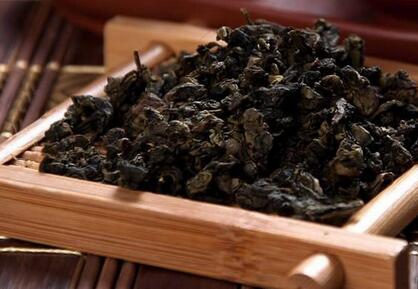Misconception 1: The greener, the better
Traditional authenticTieguanyin has an appearance of砂绿油润 (sandy green and oily), with a soup color that is golden or golden with a hint of green, where golden yellow is the main tone. When the leaves are spread out, one can see some red edges due to fermentation (i.e., green leaves with red edges). However, some people mistake the 'clear soup and green water' characteristic ofgreen tea for that of Tieguanyin.
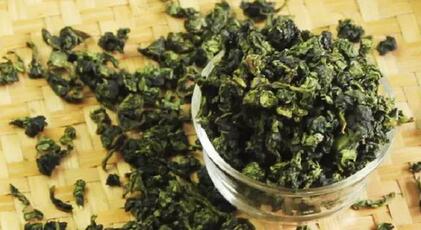
Misconception 2: The more acidic, the better
Tieguanyin processed with non-traditional methods such as拖酸 (dragging acid),拖补 (dragging supplement), or消青 (eliminating green) involves very light shaking in the first few rounds and延长 (extending) the fermentation time until the afternoon of the next day before杀青 (fixing). This creates an 'acidic' taste, misleading people into thinking it is the true观音韵 (Guanyin charm). In reality, this is a practice that轻栽培重摊青 (emphasizes light cultivation and heavy spreading of green leaves). Sometea farmers do not focus on improving soil, ecological protection, or organic cultivation but instead alter processing techniques to制造 (create)所谓的 (so-called) 'acid,'误导 (misleading) people into believing that acidity equals charm.
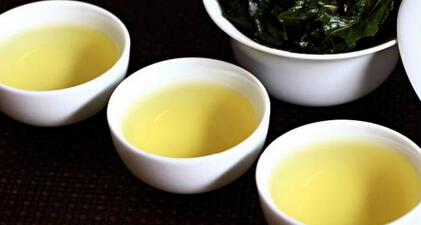
Misconception 3: New plants are better
Some believe that new Tieguanyin plants yield the best quality. In fact, Tieguanyin tea plants have a long physiological lifespan, exceeding a hundred years, with an economic lifespan suitable for picking and processing of about 3-60 years. Practice has shown that tea plants over ten years old produce quality no worse than new plants, with rich aroma,内涵 (substance), and醇厚 (mellow) taste. Of course, whether new or old plants, scientific cultivation management and good soil conditions are essential for healthy growth.
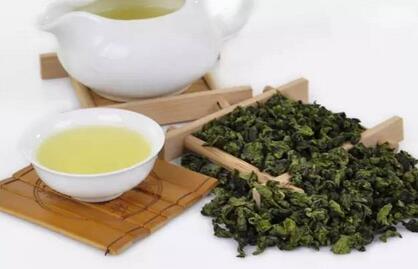
Misconception 4: Discarding red edges
Traditional Tieguanyin has green leaves with red edges. Currently, some tea farmers, to achieve clearer soup and tighter外形 (appearance), discard all red edges and broken leaves after drying. While this确实 (indeed) clarifies the soup, excessive discarding removes茶色素 (tea pigments), which include茶黄素 (theaflavins),茶红素 (thearubigins), and茶褐素 (theabrownins).茶黄素 (Theaflavins), known as the软黄金 (soft gold) of tea, have significanthealth benefits, such as warming the stomach and moistening the intestines. It is recommended not to over-discard edges but to筛掉 (sift out) broken leaves and impurities.
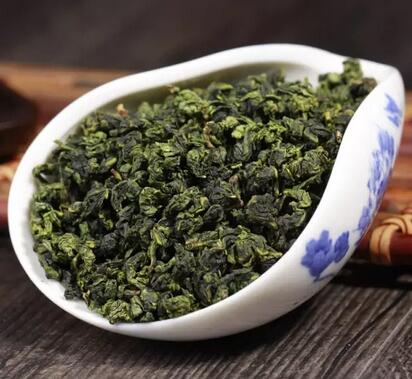
Misconception 5: The stomach-harming myth
Historically,oolong tea has been争议 (controversial) regarding its supposed stomach-harming effects. By茶性 (tea nature), green tea is偏凉 (cooling),black tea is偏热 (warming), and oolong tea is性平 (neutral). Traditional Tieguanyin, with sufficient fermentation, nourishes the stomach and moistens the intestines.浓香型 (Strong fragrance type) Tieguanyin and sufficiently fermented清香型 (light fragrance type) Tieguanyin contain more tea pigments (mainly theaflavins and thearubigins). The China Stomach Disease Committee has recently organized nationwide clinical research on tea pigments, achieving promising results. Thus,浓香型 (strong fragrance type) Tieguanyin is more stomach-nourishing, whereas拖酸 (dragging acid),拖补 (dragging supplement), and消青 (eliminating green) Tieguanyin can harm the stomach.
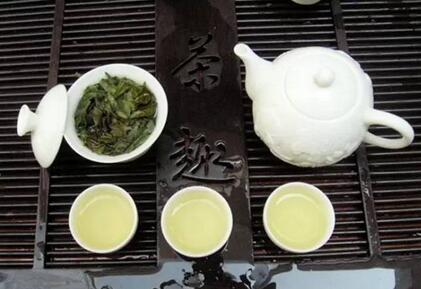
Misconception 6: Air-conditioned fermentation
The optimal fermentation temperature for Tieguanyin is 18ºC-22 ºC. In many areas of Anxi, the nighttime temperatures during spring and autumn fall within this range, so not all seasons and production areas require air-conditioned fermentation. If the temperature is suitable, air-conditioned fermentation is unnecessary. Good air circulation and moderate humidity allow the tea leaves to undergo natural water loss, resulting in天然 (natural) aroma and longer保质期 (shelf life).
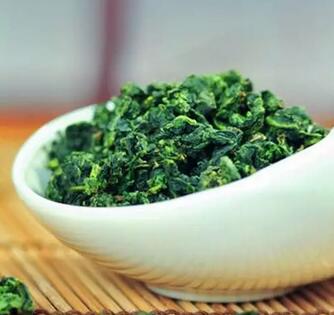
Misconception 7:浓香型 (Strong fragrance type) Tieguanyin has higher aroma
Some in the market believe that, based on the literal meaning,浓香 (strong fragrance) should have a higher aroma than清香 (light fragrance). According to national standards, Anxi Tieguanyin is classified into清香型 (light fragrance type) and浓香型 (strong fragrance type).浓香型 (Strong fragrance type) Tieguanyin is defined as a清香型 (light fragrance type) processed with traditional methods and then refined through烘焙 (roasting), which can also be understood as熟香型 (ripe fragrance type). During the standard's formulation, there was debate over whether to use '浓香' (strong fragrance) or '熟香' (ripe fragrance). Experts argued that Tieguanyin's main feature is its aroma, so classification should be based on fragrance types. '熟' (ripe) corresponds to '生' (raw), and if清香型 (light fragrance type) were named '生观音' (raw Guanyin), consumers might think it is unripe and inedible. Given that refined and roasted Tieguanyin has焦糖香 (caramel aroma) and炒米香 (roasted rice aroma), using '浓香' (strong fragrance) to对应 (correspond to) '清香' (light fragrance) is more scientific.
